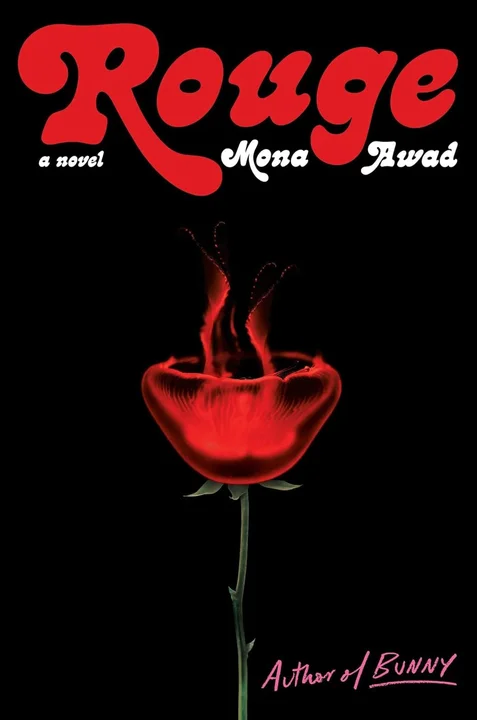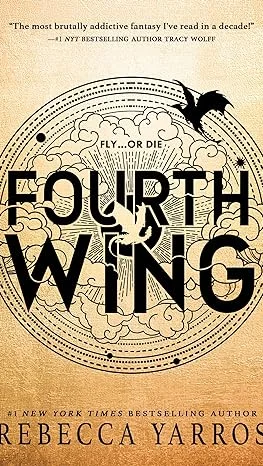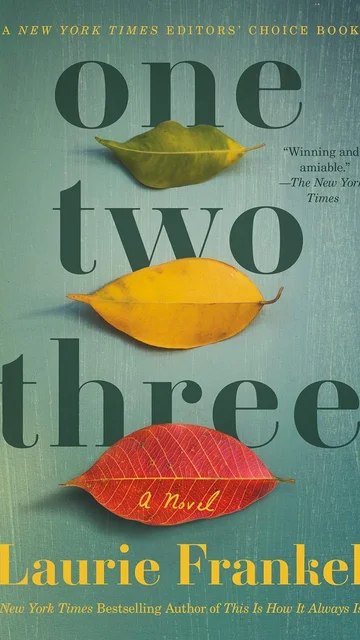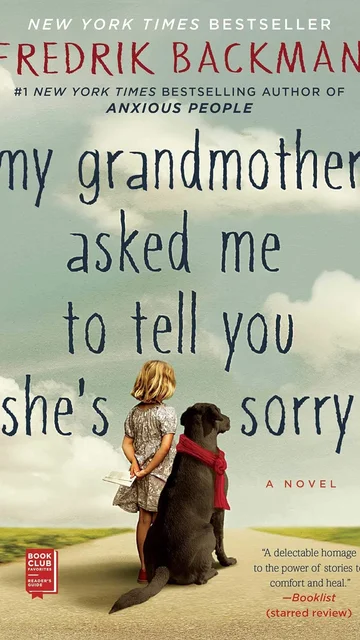
Mona Awad’s latest novel, Rouge, was a special type of treat: a book outside my comfort zone that both sucked me in with its driving plot and has lingered in my mind with its clever social commentary.
Rouge is a dark, gothic fairytale that, at its core, offers a scathing satire of the contemporary beauty industry. The novel centers around Mirabelle, also called Mira by her friends and Belle by her family, a young woman with a pathological obsession for her skincare routines and skincare vlogs. The book begins in medias res after Belle’s mother’s funeral. We quickly come to understand the tense, troubled relationship Belle had with her mother, who was likewise obsessed with youth and beauty - achieving it, preserving it, comparing it, chasing it to whatever end. Belle begins to dig into the mysteries of her mother’s life and death, including her significant debt at the time of her death and seeming memory loss in the final weeks of her life. The mystery only thickens when Belle is led by a woman in a red dress from the funeral to a fancy spa on the cliffside of La Jolla, a spa her mother frequented. Belle descends - literally and figuratively - into the depths of the spa, lured into the cultish organization by the promise of life-changing beauty treatments.
The book picks up speed in the second half, but the first half drags and could have been shorter - though the shocking twists and turns in the last 200 pages make the build-up ultimately worth it. I was also a bit disappointed in Awad’s character development. With such a rich, compelling plot, the characters could have used more exploration, particularly in the first half of the book when the plot drags along.
Despite these criticisms, I still found the novel well worth a read. If the beauty industry were any less bizarre and predatory, perhaps the story wouldn’t work at all. But it is, and the novel shines because of it. Through both Belle and her mother, Awad demonstrates the all-consuming power of impossible beauty standards, leading both mother and daughter to sacrifice time, money, and more in the pursuit of youth and attractiveness. Awad does a sharp job highlighting how much of the beauty industry is built on exploiting women’s insecurities, from wrinkles to stretch marks, eye bags to cellulite and body hair - all perfectly natural things women have been told to hate about themselves, to buy a product to change.
Importantly, though, Rouge goes beyond criticizing the blatant sexism of the beauty industry, offering a powerful reminder that this industry is based not just on an unrealistic beauty standard, but specifically an unrealistic, white, European beauty standard. Awad argues this point beautifully through Belle’s character, who, like Awad herself, is half French Canadian and half Egyptian. From a tragically young age, Belle compares herself to the white figures of feminine beauty around her - Snow White, women in 1990s fashion magazines, her own mother. Belle’s mother constantly compares her skin to Belle’s, at once exoticizing her ethnicity and culture and fetishizing her “exotic” beauty. The novel made me think more deeply about these issues and consider that, while it is difficult for all women to navigate the demands of an oppressive beauty standard, there is additional pain and pressure for women of color when the standard of beauty is a white one.
In Rouge, Awad packages astute social commentary in the shape of a mysterious, noir horror tale that had me shocked, laughing out loud, confused, and up until midnight to finish. Not a perfect novel, but a fun one with a surprisingly timely message.
 Skip to main content
Skip to main content


